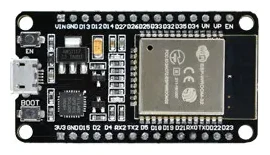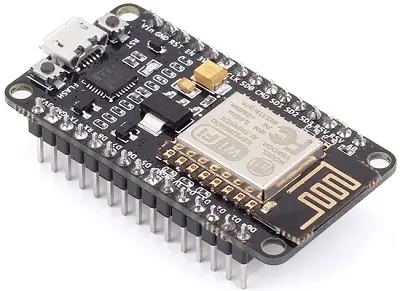Embedded Systems
Date: 2023-07-29Last modified: 2023-09-09

Photo by Derek Oyen on Unsplash
Table of contents
Introduction
Communication protocol
Embedded Linux
Boards
ESP32
- Dual core - 160 MHz to 240 MHz
- SRAM
- SPI RAM
- can be used to store data
- 512 kB RAM
- 5 different power modes
- active
- modem sleep
- ligth sleep
- deep sleep
- hibernation
- Flash
- 4 MB Storage
- 34 GPIO
- 12 bits ADC
- 18 A2D converters
- 2 D2A converters
- 10 touch inputs
- 16 channels PWM for LED and IR
- WiFi and Antenna (802.11b/g/n HT40 Wi-Fi transceiver)
- Bluetooth and BLE
- 4 SPI
- 2 I²C
- 2 I²S
- Analog preamp
- 3 UART serial ports
- SD card controller
- CAN Bus
- a built-in CAN bus controller that can be used to connect to a CAN bus
- CAM Camera Interface
- allows it to connect to image sensors and perform various operations, such as accessing the sensor data, controlling the sensor, capturing images, and processing them for various applications
- Touch sensor
- built-in touch sensor that can be used to detect touch input
- Ethernet MAC Interface
- can be used to connect to an Ethernet network
- Hall effect sensor
- WiFi 2.4 GHz and 5 GHz
- Bluetooth
- Security
- SSL/TLS encryption
- AES
- SHA-2 encryption
- true random number generator
- RTC Real-time clock
- can be used to track time even when the power is off
- Coprocessor
- can be used to offload computationally intensive tasks from the main processor
- USB Interface
- can be used to connect to peripherals such as keyboards, mice, and storage devices
- Crypto engine
- can be used to perform cryptographic operations
ESP32 DevKit V1
Because of its immense popularity, this is the best board for beginners. It comes with everything you need to get started with ESP32. And this is what we will use for our experiments.

Two main components or ICs are found on the board:
- ESP-WROOM-32 module – Espressif microcontroller with integrated Wi-Fi and Bluetooth.
- CP2102 – Silicon Labs single-chip USB-to-UART bridge.
On-board LEDs:
- A red LED indicates that the board is powered up and has 3.3V from the regulator.
- The blue LED is user programmable and is connected to the GPIO2 pin of the ESP-WROOM-32 module.
ESP8266
- Single core - 80 MHz to 160 MHz
SRAM- 64kB RAM
Flash- 512 kB Storage
- 17 GPIO
- 8 channels PWM
- 10 bits ADC
CAN BusCAM Camera InterfaceTouch sensorEthernet MAC InterfaceHall effect sensor- WiFi 2.4 GHz
Bluetooth- Security
- SSL/TLS encryption
RTC (Real-time clock)CoprocessorUSB Interface
ESP8266 12E

IDE
- Microsoft VS Code
- PlatformIO